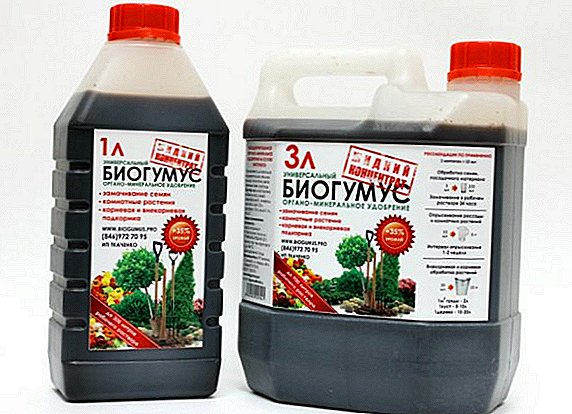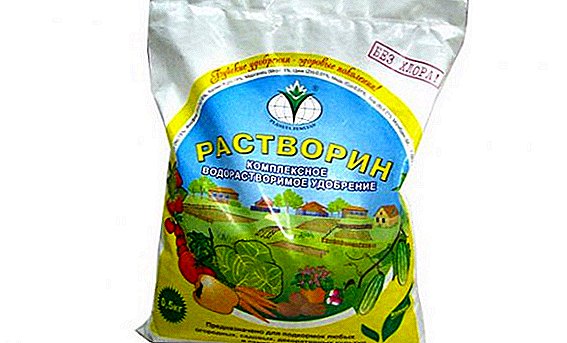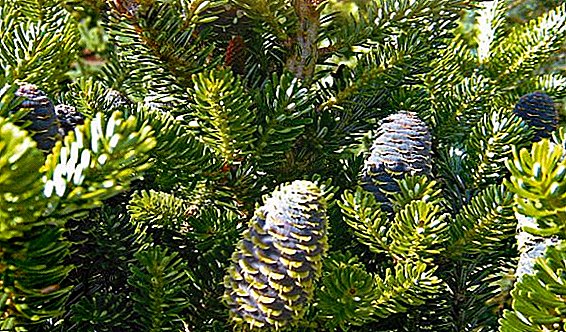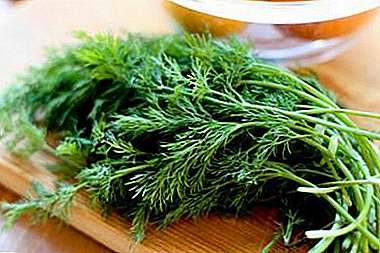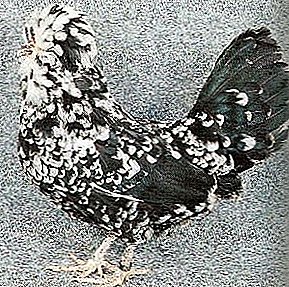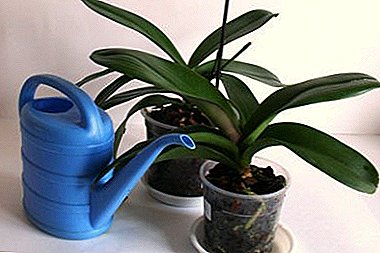
The orchid is able to become the queen of any home flower garden, but for this she necessarily needs the right care. Like any other indoor plant, the orchid needs to be replanted at least once every 2 years; this process can be a serious challenge for both the flower and the florist himself.
In this article, we will learn about the features of irrigation of a transplanted plant, whether it is necessary to do it, how to moisten the soil and whether it is worth it at all, and how to avoid the most common mistakes.
Background and consequences
Determining whether an orchid is required for transplanting is usually quite simple, it can be done even without special knowledge. Most often, a transplant is needed if:
- the pot was too tight for the plant;
- leaves wither and become covered with yellow spots;
- the orchid is releasing more and more aerial roots;
- the roots and substrate rot, become covered with mold;
- flowering does not occur within 3-6 months.
 Depending on various conditions, two types of transplantation are practiced:
Depending on various conditions, two types of transplantation are practiced:
- so-called transshipmentwhen the old soil is almost completely preserved and there is no significant damage to the roots;
- transfer with full replacement of soilin which the root system is inevitably injured.
During transhipment, the plant practically does not need time for adaptation, it continues to grow and even bloom, just like before the transplant. However, in most cases, it is preferable to completely replace the soil, since in the old substrate after a certain time (2-3 years), there are practically no nutrients needed by the orchid for growth and development.
After transplantation, rooting begins, the restoration of damaged parts of the root system and their fixation in the new soil. In order for this process to proceed successfully, the orchid needs favorable conditions, one of which is the level of humidity.
Do I need to water the plant in another pot right away and can I use the root?
Immediately after transplantation, it is necessary that the new substrate be completely saturated with moisture.. It is important to remember that watering orchids is significantly different from other indoor plants. The best option would be to place a pot with a transplanted plant in a container with warm water for 20-30 minutes (what other watering methods are there?). Water should not be hard, while to achieve optimal results you can add a little soluble fertilizer (potassium, nitrogen, magnesium).
 You can also use the root. This tool is used in two different ways:
You can also use the root. This tool is used in two different ways:
- for dusting roots in places of damage and cuts;
- for watering after transplantation (1 gram of root per liter of water).
In this and in another case, it is necessary to stimulate enhanced growth of the root system, which contributes to the successful rooting process.
After finishing watering it is necessary to allow excess moisture to drain completely through the drainage holes. Otherwise, the roots may begin to rot and mold.
Is it necessary or not?
The transplant process is always fraught with damage and is stressful for any plant. For successful restoration, orchids require sufficient humidity (60-90%), which can be provided by spraying or using a special humidifier, and a balanced amount of moisture in the soil.
In addition, when watering, soil compaction occurs, as a result of which it is evenly distributed inside the pot between the roots of the plant. In the case of natural subsidence of the substrate after watering a potted orchid, it is necessary to add a small amount of it to the container, otherwise the soil may become insufficient.
Do I need and how to moisten the dry soil at home?
As a rule, the substrate purchased in the store is completely dry., otherwise the fungus, mold and various microorganisms may develop uncontrollably in it. After transplanting orchids into such a soil, watering is not only mandatory, but also vital.
- An important role in how much moisture will absorb the plant, plays a light in the room. In the natural environment, it is the sun rays absorbed by the leaves of the orchid that give the command to the roots to start absorbing moisture, without which the process of photosynthesis is impossible. Therefore, irrigation should be carried out in the daytime, or with sufficient artificial light.
- The temperature of the water used for irrigation should not be below 35-40 degrees.
- For best results, a small amount of trace elements (potassium, magnesium, nitrogen), a special fertilizer for fertilizing orchids or roots, is dissolved in water.
- Duration of watering by immersion should be 20-30 minutes.
If the transplant was carried out in a wet soil, the timing of irrigation will directly depend on the condition of the plant. When the flower is strong and healthy, you can not be afraid that it will start to hurt or rot, with this option you can water immediately after transplanting, as is the case with dry soil.
It is written here about how to water the orchid at home, but it is described here what water to use and how often to water it.
Mistakes to avoid
 The main mistake most often made by growers is excessive or too frequent watering. After transplanting and first watering, it is imperative to make sure that all the excess glass liquid from the pot is through the drainage holes. To do this, leave the pot sufficiently removed from the container with water to "dry" for 30-40 minutes.
The main mistake most often made by growers is excessive or too frequent watering. After transplanting and first watering, it is imperative to make sure that all the excess glass liquid from the pot is through the drainage holes. To do this, leave the pot sufficiently removed from the container with water to "dry" for 30-40 minutes.
The next watering is carried out only after the roots are completely dry. If this condition is not observed, fungus and mold can settle in the roots and substrate, they will start to rot, which will lead to illness and even death of the plant.
When to make the next watering?
As stated above, subsequent watering should be carried out after the roots and substrate have completely driedAs a rule, this period takes about 2 weeks (how often you can water the orchid, read here).
Terms of watering are calculated individually, based on the visual state of the roots. Orchid-saturated roots of moisture are bright green; when dried, they become gray-green. In order to monitor the condition of the root system, orchids are recommended to be planted in transparent or translucent pots.
The following fertilizing with microelements and fertilizers is recommended to be done not earlier than 21 days after transplantation. The optimal time to start feeding is the stage of active growth, when new leaves and shoots begin to form in the plant.
Transplanting any plant is a dangerous process., the result of which can never be predicted at 100%. It is believed that orchids are difficult to tolerate the transplant and very often die as a result. This is not quite true, since in most cases the death of a plant is related to the fact that the rules for caring for it are very different from those that apply to other home flowers.
With the proper organization of watering, a successful orchid adaptation after transplantation is almost completely secured, and soon she will have enough strength to grow rapidly and please her owner with bright flowers (how to water the orchid during flowering?).



